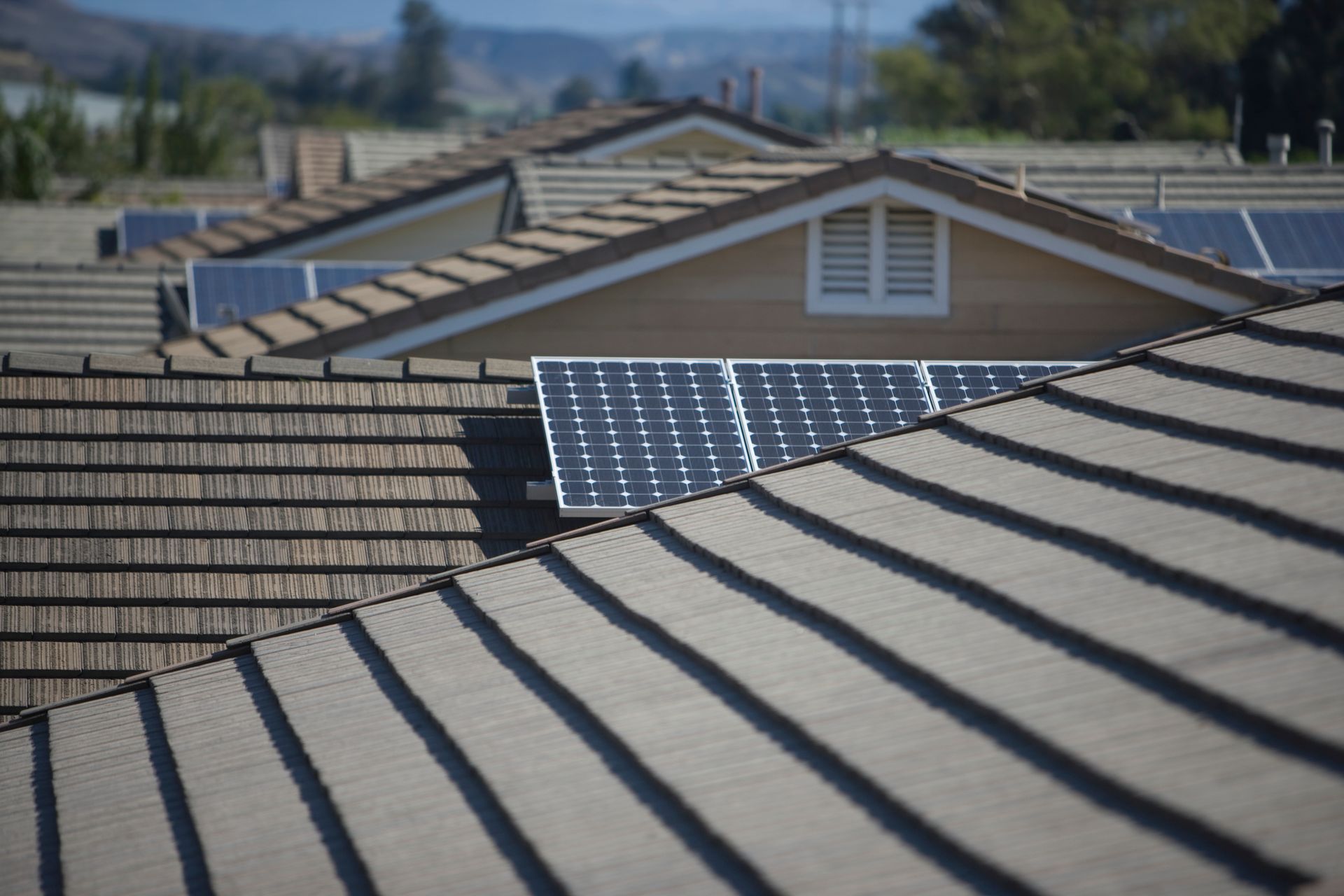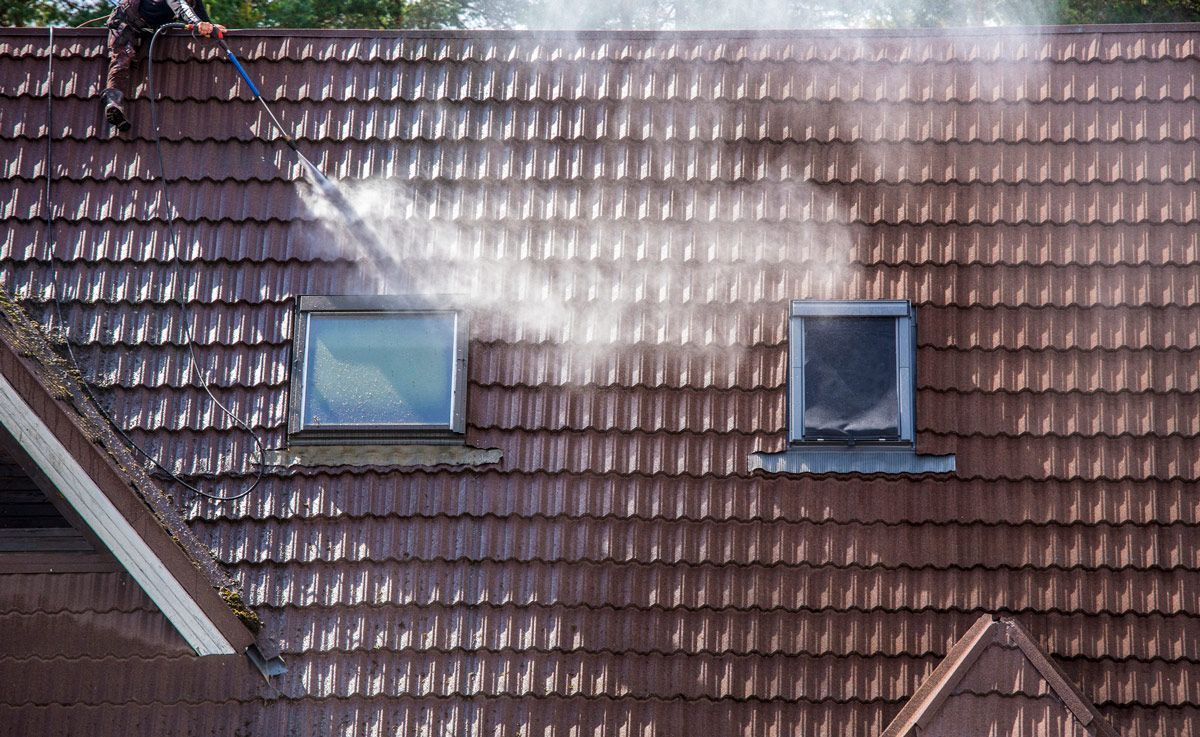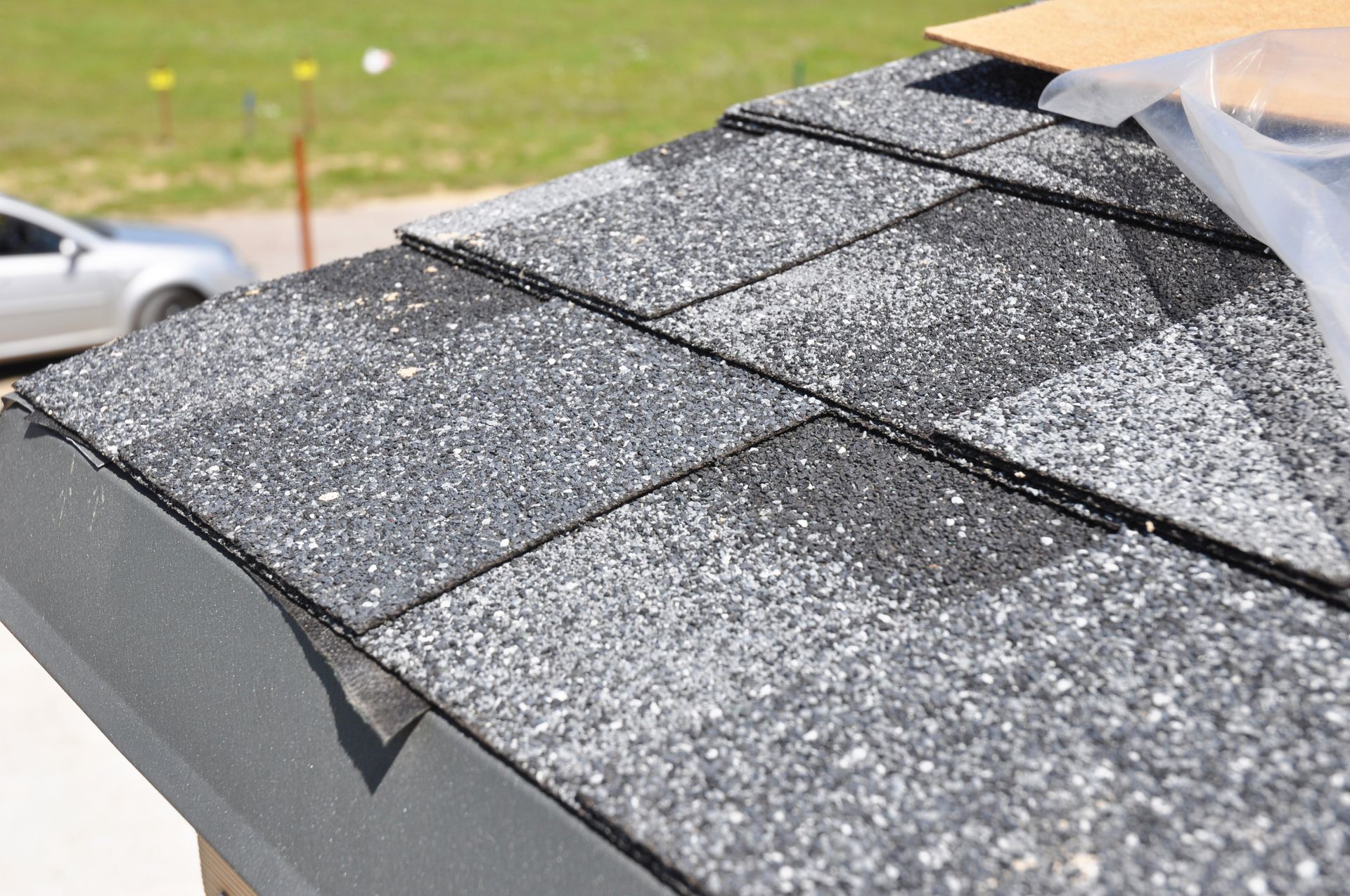Top 10 Tips for Maintaining Your Roof in Spring Hill, Florida
Spring Hill, Florida, with its warm climate and occasional tropical storms, presents unique challenges for homeowners when it comes to roof maintenance. Your roof is your home's first line of defense against the elements, so it's essential to keep it in top condition year-round, especially in a place like Spring Hill. In this blog post, we'll discuss ten valuable tips to help you maintain your roof and protect your home in this beautiful Sunshine State locale.

1. Regular Inspections
Regular roof inspections are crucial for identifying potential issues before they escalate into costly repairs. Spring Hill's climate, with its intense sun and occasional storms, can accelerate wear and tear on your roof. Schedule inspections at least twice a year, preferably in spring and fall, to catch any problems early.
2. Clear Debris:
Florida's lush vegetation can lead to debris buildup on your roof, such as leaves, branches, and even moss or algae. Regularly clear debris from your roof and gutters to prevent water from pooling and causing damage. Trapped debris can also attract pests like rodents and insects, which can further compromise your roof's integrity.
3. Trim Overhanging Branches:
Overhanging tree branches not only contribute to debris buildup but also pose a risk of falling during storms, potentially damaging your roof. Trim back any branches that are within six feet of your roof to minimize this risk. Additionally, keeping branches away from your roof prevents critters from using them as a bridge to access your home.
4. Check for Signs of Water Damage:
Water damage can be sneaky, so it's essential to check for signs both inside and outside your home. Look for water stains on your ceiling, peeling paint, or warped walls, as these could indicate a leaky roof. On the exterior, inspect your roof for missing or damaged shingles, deteriorated flashing, and clogged gutters, all of which can contribute to water intrusion.
5. Repair or Replace Damaged Shingles:
Shingles can become loose, cracked, or missing due to exposure to Florida's harsh sun and occasional storms. Promptly repair or replace damaged shingles to prevent water from seeping into your home and causing further damage. If you notice widespread shingle deterioration, it may be time for a roof replacement to ensure your home stays protected.
6. Maintain Proper Ventilation:
Proper ventilation is essential for regulating temperature and moisture levels in your attic, which can affect the lifespan of your roof. In Spring Hill's humid climate, inadequate ventilation can lead to moisture buildup, promoting mold growth and accelerating roof deterioration. Ensure your attic vents are clear of obstructions and consider installing additional ventilation if needed.
7. Seal Leaks and Gaps:
Even minor leaks and gaps in your roof's structure can lead to significant issues over time, especially during Florida's rainy season. Inspect your roof for any signs of leaks, such as water stains or dampness in your attic, and seal them promptly using appropriate materials. Addressing leaks early can prevent costly water damage and mold growth down the line.
8. Clean and Maintain Gutters:
Clogged gutters can cause water to overflow, leading to water damage to your roof, siding, and foundation. Regularly clean and maintain your gutters to ensure proper water drainage away from your home. Consider installing gutter guards to prevent debris buildup and minimize maintenance efforts, especially during Spring Hill's peak foliage seasons.
9. Invest in Professional Maintenance:
While some roof maintenance tasks can be DIY-friendly, others are best left to professionals. Consider hiring a licensed roofing contractor for tasks like comprehensive inspections, roof repairs, and maintenance work that requires specialized equipment or expertise. Professional maintenance can extend the lifespan of your roof and provide you with peace of mind knowing your home is in good hands.
10. Plan for Regular Roof Replacements:
No roof lasts forever, especially in a climate like Spring












